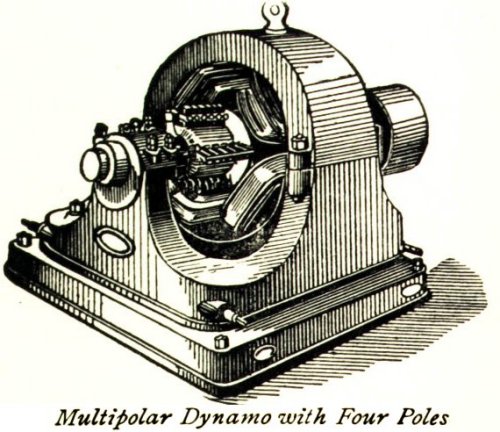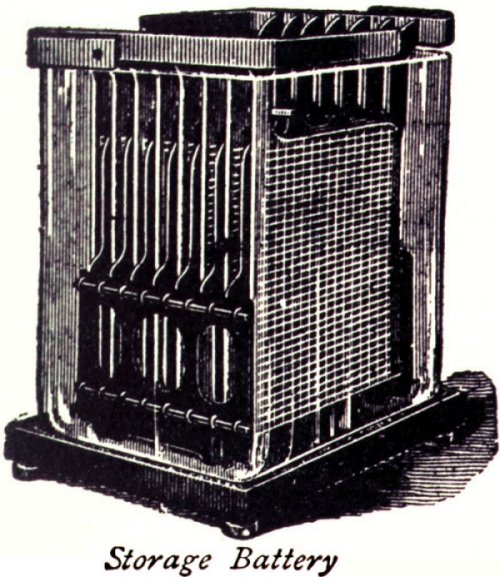Electric Words
Today, a new language for a new technology. The University of Houston's College of Engineering presents this series about the machines that make our civilization run, and the people whose ingenuity created them.
Edwin Houston's Dictionary of Electrical Words first appeared in 1889. Eight years later, he finished his fourth edition, now swollen to a thousand pages. These, of course, were the years when electricity was reshaping planet Earth.
Telegraphy was one of the few mature uses of electricity when Houston wrote his first edition. Things like telephones, electric lighting, and electric-motor-driven machines (for elevators, railways and such) were just gaining their foothold in our lives. We needed a new electrical language to deal with the new electrical age.
That language was evolving so rapidly that Houston had to expand his fourth edition by some 70 percent. He complains that his publisher wouldn't let him reset the whole book, so the newest words appear in huge appendices. That, of course, tells us which words arose during that wildly active, eight-year period.
To see what I mean, think about electric service for gasoline vehicles. Those vehicles did not yet exist, but they would soon dominate America. And here in this old book we see the emergence of the electric equipment that would serve them.
The earlier editions defined alternating current, but they did almost nothing with it. The new appendices are filled with detail. Take the term alternator -- shorthand for an alternating current generator. Today that's what we call the device that provides electricity in our cars. It charges the battery that powers ignition, lights, wipers, radio, air conditioning and countless small electric motors that do our bidding.
Yet that battery needs DC power, not AC. You've probably read about fights between Edison and Westinghouse over direct and alternating current. AC was the radical encroacher in the 1890s -- not the sort of thing you'd expect to put in a carriage, horseless or otherwise. But our dictionary lists a magneto-electric alternator, later shortened to magneto. It was a generator that produced current when an armature passed permanent magnets.
It served the first cars, which had no battery. To start them, you turned the engine with a crank. That sucked a mixture of gasoline droplets and air into the cylinder, and it drove a magneto which fired the spark plug to start the engine. After that, the engine drove the magneto. WW-I airplanes worked that way. The pilot threw a switch to connect the magneto and spark plugs. Someone then had to crank the engine by spinning the propeller.
We eventually put batteries in cars. At first, that meant replacing magnetos with DC generators. But, when we found convenient ways for converting AC into DC, we finally went back to more efficient AC alternators -- to new forms of the old magneto.
And now that we've walked that long twisty road, I open this old, old book. There I see all the pieces in embryo. Batteries, magneto alternators, spark coils -- all just waiting for us to put them to use, just waiting to turn the world upon its ear.
I'm John Lienhard, at the University of Houston, where we're interested in the way inventive minds work.
E. J. Houston, A Dictionary of Electrical Words, Terms and Phrases. (New York: McGraw Publishing Company, 1898.) All images below are from this source.


